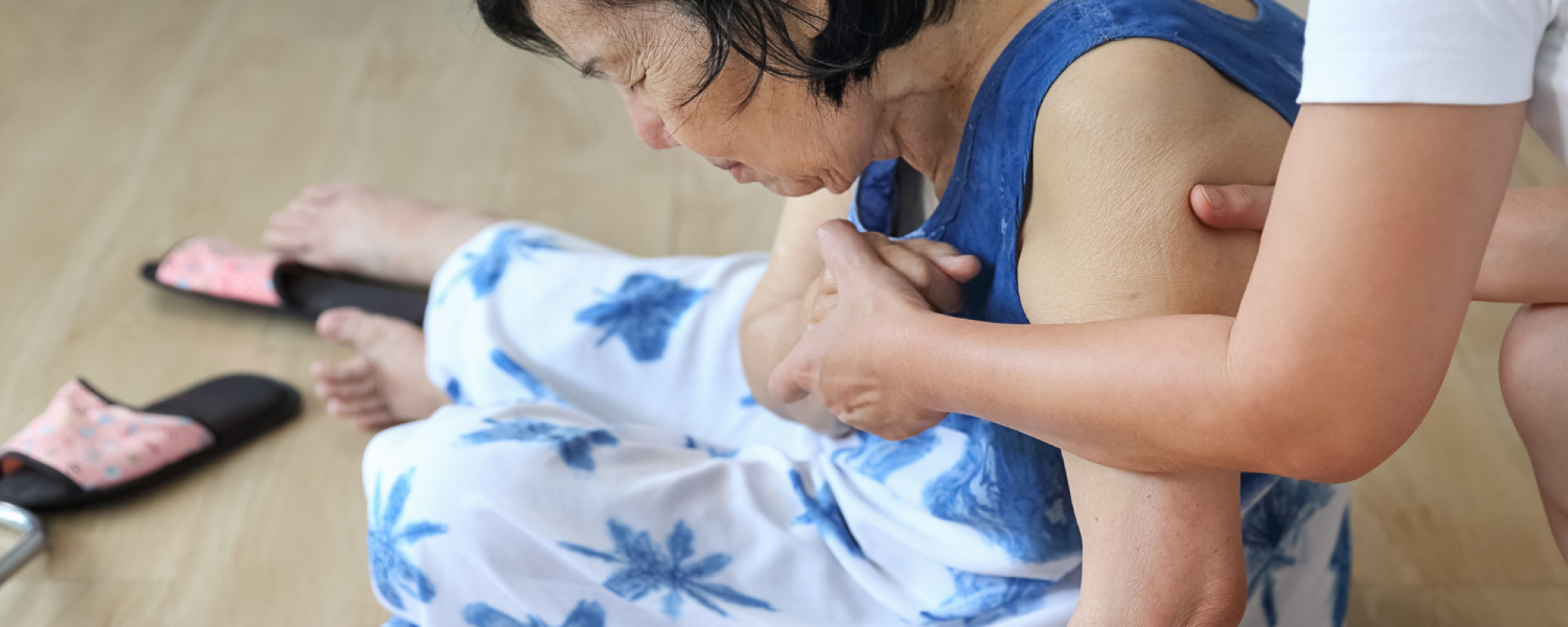Falls
Falls are an ever-present concern in post-acute and long-term care (PALTC) settings. Older adults are particularly susceptible to falls due to a variety of factors such as musculoskeletal weaknesses, especially sarcopenia and osteopenia, cognitive impairment, conditions such as Parkinson’s disease, a decline in proprioceptive feedback, vestibular dysfunction, and visual impairments. Polypharmacy and the side effects of specific medications, including sedatives, antihypertensives, and anticholinergics, can also increase fall risk.
Assessment is the first step in fall prevention. Comprehensive geriatric assessments, including the "Timed Up and Go" (TUG) test, gait analysis, and functional reach tests, provide valuable insights into an individual's fall risk. Regularly reviewing and adjusting medications, especially potentially inappropriate ones, is also key to fall prevention.
Environmental modifications, like ensuring adequate lighting, installing grab bars, eliminating tripping hazards, and using non-slip mats, can create a safer living space. Tailored physical therapy programs, focusing on strengthening, balance training, and functional mobility, have shown efficacy in reducing fall incidence. Strategies like Tai Chi, with its emphasis on balance and controlled movements, have proven particularly beneficial.
Another essential facet is the psychological dimension. Post-fall syndrome, characterized by a pervasive fear of falling, can paradoxically increase fall risk due to overly cautious behaviors and activity avoidance. Addressing this through counseling, graded exposure techniques, and building self-efficacy is crucial.


